
Dyckias will intrigue botanist and Dyckia lovers for some time to come.
They seems to be very clever and in many ways.

They are capable of collecting drift material to produce, renew and maintain their
organic substrate up there on rocks atop high East South American mountains.
They learned how to deal with the scorching sun and they do have the habitability to
negotiate with their lover the Sun. Their leaf arrangement propitiates this and allows the plant to experiment lower tolerable temperatures in its most sensitive parts.
They lift up they leaves to produce shadow to the rosette center where the growing fragile area is. The under leaves may be covered with reflective scales and also bear a paler color.
Observing is the trick here. A scientist can get into wrong conclusions if in a hurry and also one may not fear to be wrong otherwise we go nowhere.

Dyckias live in their great majority in altitudes closer or well over 1000 meters.
There they can be closer to their lover, their Amon-Ra, the Sun. There there are fewer intruders and shadowers
plants. A few may dare to live there. Granite rocks are nude and growing happy there demands some tricks. Too cold, too hot, too dry, too wet are conditions they have to balance the results in order to survive. It is live or die and nothing in between.
There the rocks warms up during the day, rocks and plants but Dyckias control well this warming. They have ways to do so. The bigger the difference in temperatures of the rocks and the Dyckias and the night air the bigger will be the dew formation.
Dew formation favor the growing of algae and mosses on the surface of the rock and their continue formation and death of algae and likens produces material in form of debris for the Dyckias substrate. Their supply of food is in a continuous array and the substrate is endlessly renewed. Dyckias are good forks!

Temperatures around freezing are common year around on top of the South mountains
where beautiful (...and gorgeous.) Dyckia grow. Day time temperatures may be well higher
so dew formation is at plenty.
Dyckias rely on dew to survive up there.
Yesterday the temperatures during the day here in Joinville where I live
(Northeast Santa Catarina, South in Brazil.) were up to 24 degrees Centigrade. This night we had temperature around 4 degrees. This propitiated this amount of dew you see on the Dyckias this early morning.

Also we may not to forget Dyckias love wind!
Wind brings nutrients to the plant and this nutrients are avidly relishes with the dew water.
In the morning when the sun warms ups the plant it is time for breakfast.
Dew water is full of nutrients brought during the day by the wind.
Plants need the water to feed and Dyckias are lethargic when temperatures go down to well below 10 degrees centigrades.
We have lots to study, to observe, to research and search.
A most famous Brazilian taxonomist said once to me:
" We are just beginning to know... we know nothing concerning to Dyckias. They are a mystery in many ways."
Yes, we re just opening wide the curtains..the show is about to begin...
Hope you enjoy the play...
Come on get into the stage...
I am applauding you...I am standing up...








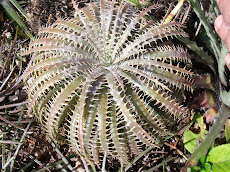
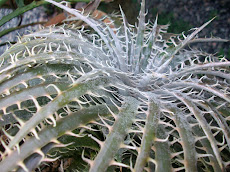

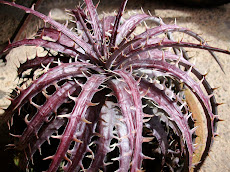

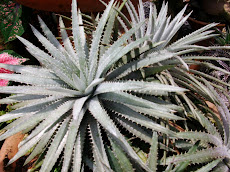

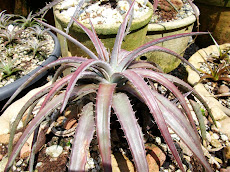
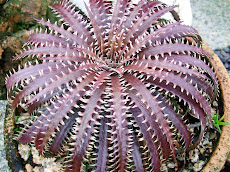


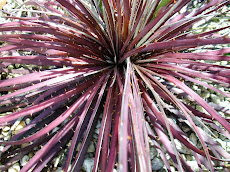
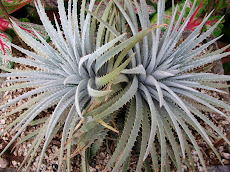
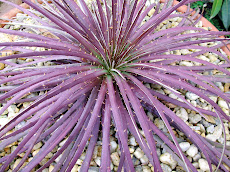

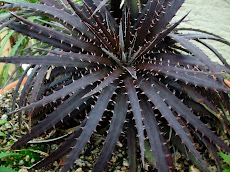
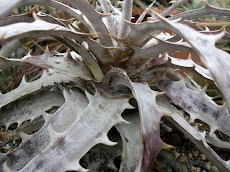

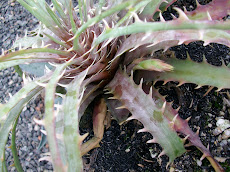

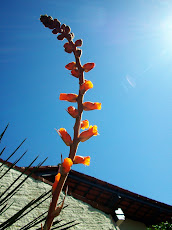
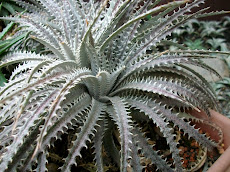

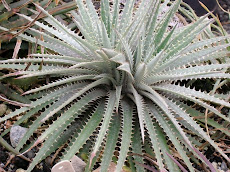
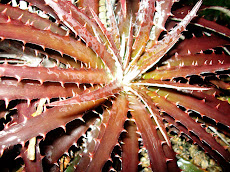
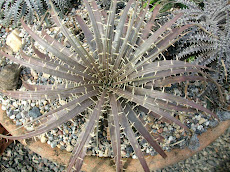

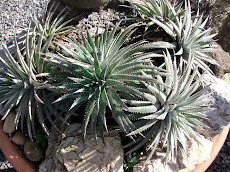
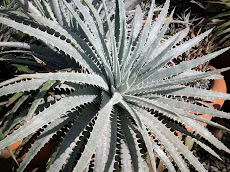


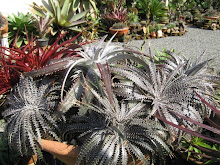
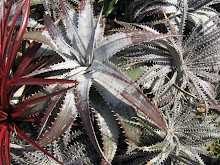
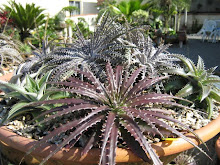
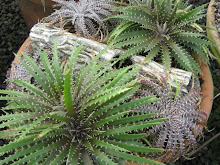
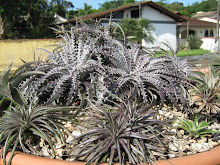


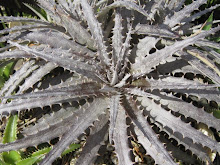
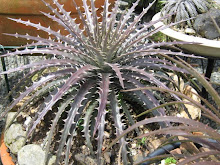
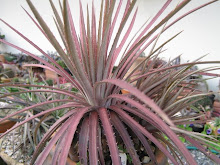

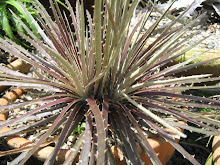
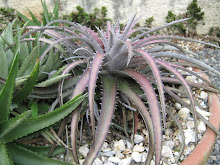
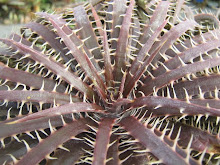



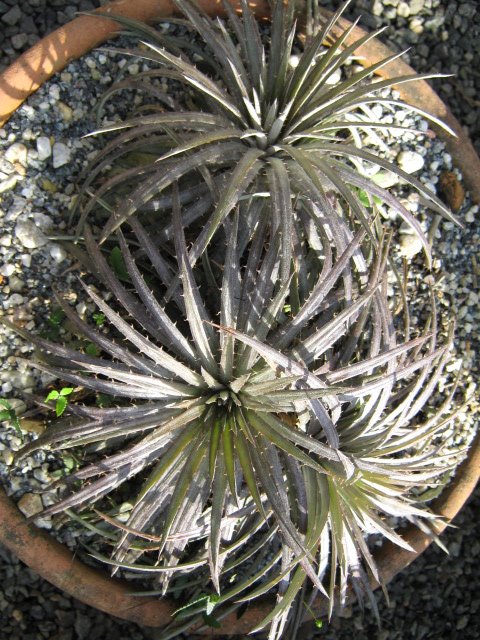
No comments:
Post a Comment